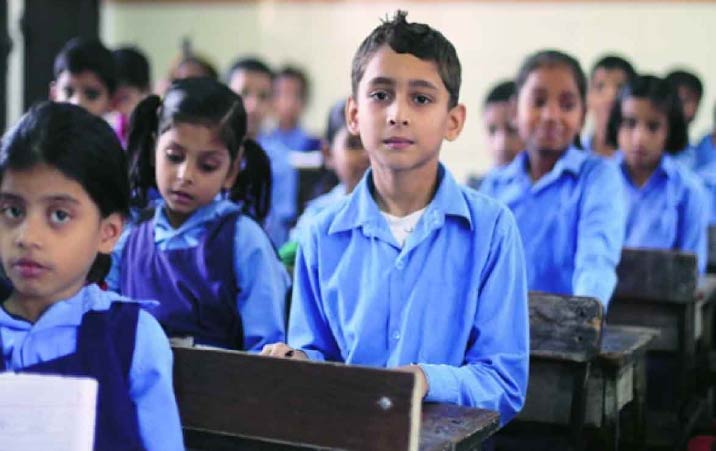The Education Ministry released the latest edition of the Performance Grading Index or PGI on Sunday. This relatively new index measures the performance of states in school education.
How is PGI worked out?
It assesses states’ performance in school education based on data drawn from several sources, including the Unified District Information System for Education Plus, National Achievement Survey, and Mid-Day Meal. States are scored on a total of 1,000 points across 70 parameters, which are grouped under five broad categories: access (eg. enrolment ratio, transition rate, and retention rate); governance and management; infrastructure; equity (difference in performance between scheduled caste students and general category students) and learning outcomes (average score in mathematics, science, languages and social science).
States are graded and not ranked to discourage the practice of one improving only at the cost of others, “thereby casting a stigma of underperformance on the latter”. According to the government, the objective is to help the states prioritize areas for intervention in school education. The Education Ministry released the first PGI in 2019 for the reference year 2017-18.
What does the grading system reflect?
The PGI grading system has 10 levels. Level 1 indicates top-notch performance and a score between 951 and 1,000 points. Level II, also known as Grade 1++, indicates a score between 901 and 950. Those with Grade 1+ (or Level III) have scored between 851 and 900. The lowest is Grade VII, and it means a score between 0 and 550 points.
How have states performed this time?
In PGI 2019-20, no state or Union Territory could achieve the highest grade, that is Level I. Even in the 2017-18 and 2018-19 editions, no state had reached Level 1 and Grade 1++. Chandigarh, Punjab, Tamil Nadu, Andaman and Nicobar, and Kerala have scored more than 90% and obtained Grade 1++ (or Level II), which makes them the best performing states. This is the first time that any state has reached Level II. The top-performing states of Gujarat, Chandigarh, and Kerala in 2018-19 were given Grade 1+ (or Level III), that is, a score between 851 and 900 points. Only the UT of Ladakh has been placed in the lowest grade, that is Grade VII, but that’s because it was the first time it was assessed after it was carved out of Jammu and Kashmir in 2019.
How does their performance compare with that in the last two editions of PGI?
A total of 33 States and UTs have improved their total PGI score in 2019-20 as compared to 2018-19, indicating a general upward shift. “For some of the states/UTs, the reason for this improvement has been improvements in their data reporting mechanisms while for some others, the improvements have been in specific domains…” the report states.
However, there are still 31 states and UTs placed in Level III (Grade 1) or lower, showing that they still have a lot of ground to cover. The biggest improvement in PGI this year has been shown by Andaman and Nicobar Islands, Punjab, and Arunachal Pradesh. All three have improved their score by 20%.
What are the areas where the states still have to improve?
According to the report, states and UTs mainly need to improve their performance in terms of governance processes. This domain carries several parameters, including teacher availability, teacher training, regular inspection, and availability of finances. “In the domain Governance Processes, there are 24 States/UTs which have scored less than 288 (80% of the maximum possible score). It clearly implies that this is the area many States and UTs must focus upon. The PGI too accords the highest importance to this Domain because compliance with the indicators here will lead to critical structural reforms in areas ranging from monitoring the attendance of teachers to ensuring transparent recruitment of teachers and principals.”
It adds, “The second area that requires attention is the Domain for Infrastructure and facilities, where twenty States/UTs have scored less than 120 (80% of the maximum possible score in this domain). Two States, Bihar (81) and Meghalaya (87) recorded the lowest scores in this domain. This is a cause for concern as a proper school building with adequate facilities is a must to improve the overall quality of school education.”
COURTESY – THE INDIAN EXPRESS
